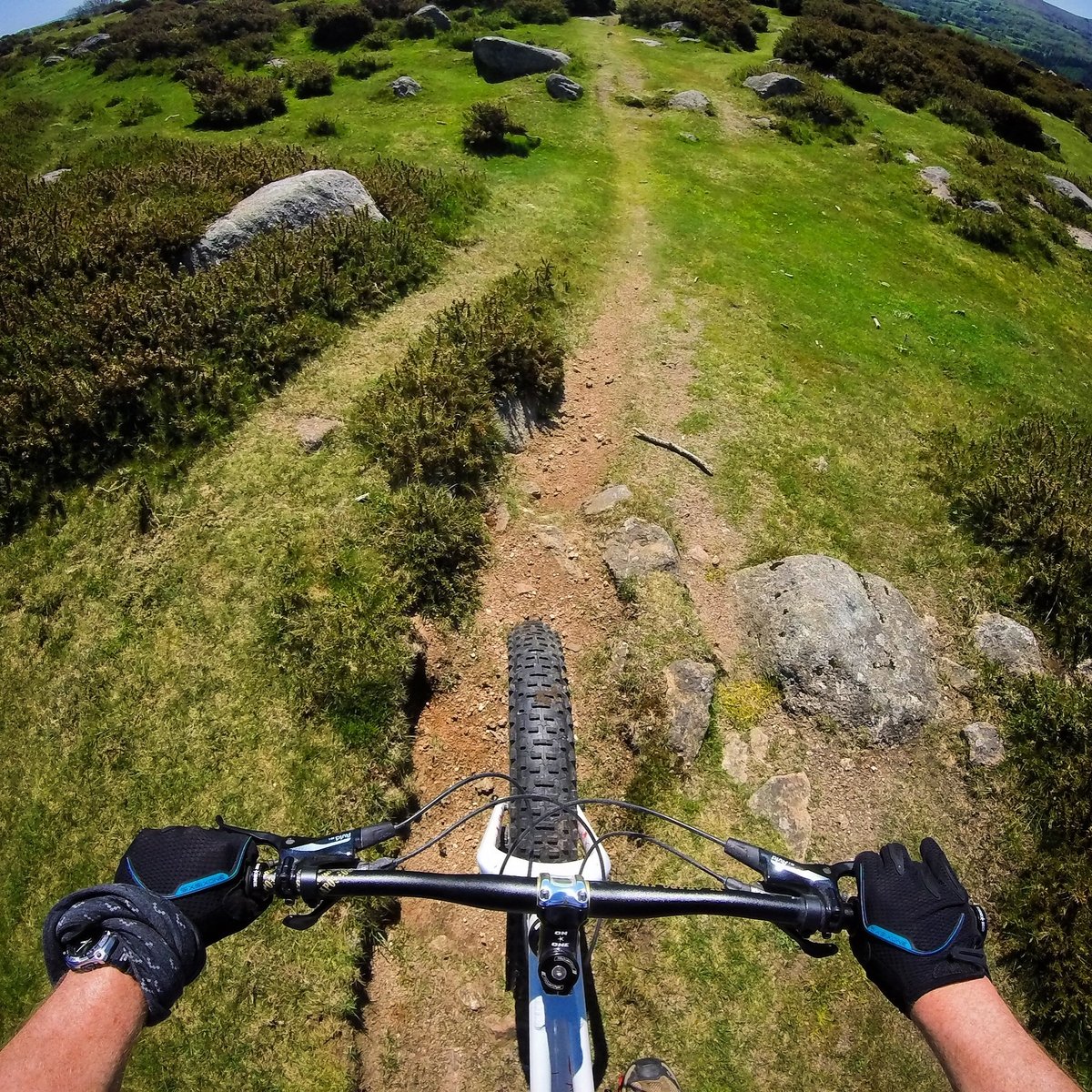
I realised a few weeks back that I’ve been riding bikes off-road, in one form or another, for well over four decades. Some of my earliest childhood memories are of a friend’s older brother rescuing rusty bikes from skips and the local scrapyard, and repurposing them as cow-horn-barred “tracker” bikes which we’d spend the summer ragging around the local woods in improvised races.
A year or so later, the first wave of BMX hit British shores, along with a string of blockbuster Hollywood films which featured them prominently. BMX bikes were objects of almost unimaginably exotic Californian cool in drab early 1980s Merseyside, with a whole subculture of magazines, slang and style springing up around them – something which we desperately wanted to be part of.
My BMX was my cycling first love – an orange Puch-Murray with mag wheels and bright blue pads which I entered my first race on, wearing an oversized yellow motorbike helmet and football shin pads. I came last, wiping out so badly on the first berm that several riders were forced to bunnyhop over my prone figure.
This did little to damage my love of bikes, and from riding the local skate-bowl and daring each other to tackle near-vertical bomb-hole drops on the nearby industrial wasteland, we soon progressed to building makeshift ramps and attempting ever more elaborate stunts.
The royal wedding day in July 1981 is memorable to me mainly because it was spent by me and the other kids on our street seeing how many of our mates we could jump over on our bikes, whilst our parents, oblivious, were glued to the ceremony on backyard TVs, drinking Blue Nun and cans of warm Skol.
Shortly afterwards we moved to North Wales, which opened up even more opportunities for off-road adventures in the vast, open-cast pits of the disused local copper mines, which quickly became our playground and claimed a lot of my pre-teenage skin.
And then, later still, everything changed again with the arrival of the first commercially available mountain bikes in the UK… they had proper gears, wide bars, huge knobbly tyres, brakes which (mostly) worked. I was hopelessly smitten.
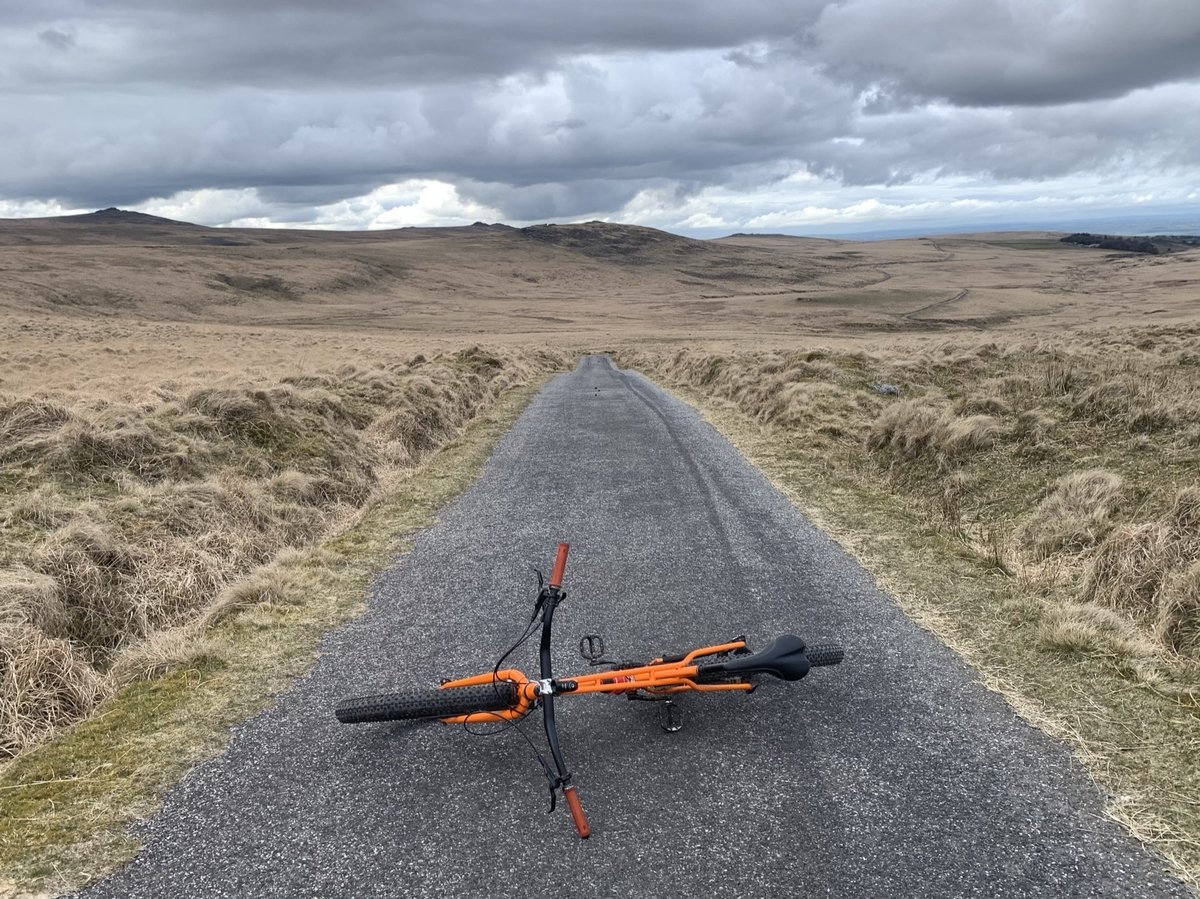
My first MTB (mountain bike) was bought “on tick” from my mum’s catalogue, with the promise of repayment through an unspecified number of years of domestic chores. It was worth it. For a teenager growing up in a remote rural area, it represented freedom on two wheels and I rode it at every opportunity and everywhere I could – in the woods, on farm tracks, on the rocky and exposed coast path and even in some actual Welsh mountains, and I’ve never really stopped since.
Since those early days, there has been an explosion in popularity in the sport of mountain biking, and it’s fractured into a myriad of different marketing-led sub-disciplines, each with their own distinct culture, specialist equipment and riding style. In response to this growth, man-made trail centres have been developed at sites around the country, promising groomed, fast-flowing, exciting trails with maximum thrills for minimum effort.
Such trails are undeniably fun and highly accessible, but often feel – to me at least – to be the biking equivalent of guilty-pleasure fast food – McTrails, if you like.
The style of riding which I enjoy most now harks back to much simpler times and is really about using a bike to escape day-to-day worries and to explore and experience natural places in a new way.
On a bike it’s possible to “feel” the landscape in a way that is completely different to any other mode of travel. The continuous flow of problem-solving involved in finding a smooth line through technical terrain on a bike is also one of the very best ways I know of decluttering my mind of all that modern life throws at it.
This is something which has been of particular benefit over the course of the last 18 months, when my bike has often acted as a two-wheeled, socially-distanced escape pod from pandemic worries.
Dartmoor, where I’ve lived for the last decade, suits this “Rambler on a Bike” ethos perfectly but has a surprisingly mixed reputation with mountain bikers, many of whom will confidently state the opinion that routes here “lack flow” and “don’t link up”.
Elements of this are true – riding here can certainly be technically challenging in places, with many of the best routes requiring a high gravity tax to be paid, in the form of steep climbs. Off-road sections often also have to be linked with some road riding, but none of that detracts from the fact that it’s a rich, varied and often staggeringly beautiful landscape to explore on a bike, and one which rewards riding effort in a way that is seldom found outside true mountain environments.
This is not intended to be a comprehensive route guide – it’s much more satisfying to plan your own route the old-fashioned way using an OS Explorer map – but the following are some tips on our favourite areas to ride on Dartmoor for all abilities:
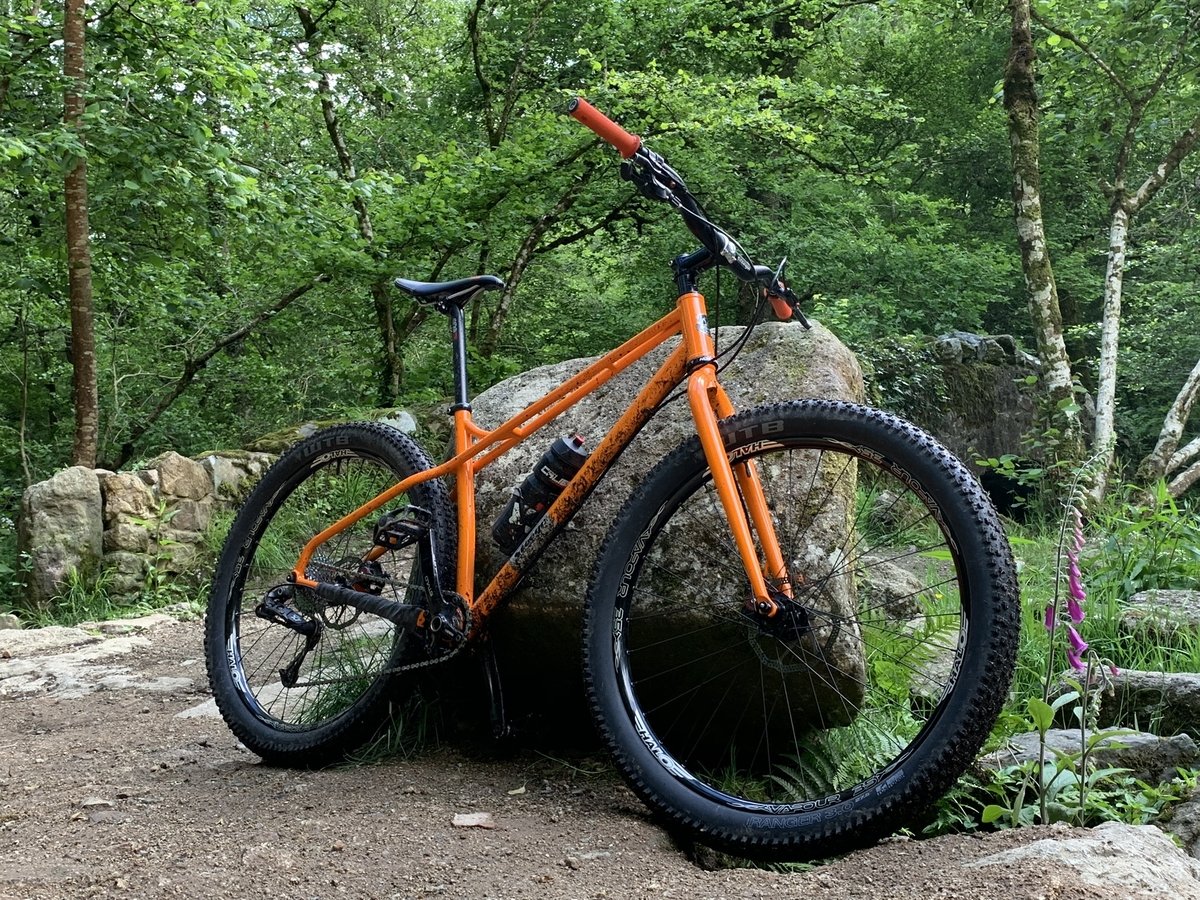
Technical Riding
The east side of the moor has a huge amount of technical singletrack centred around the steeply-sided woods of Lustleigh Cleave, including the infamous Nutcracker descent from Hunter’s Tor.
On the moor itself, the loop from Bennett’s Cross to Golden Dagger Mine via Sousson’s Down and returning via Challacombe is a short, punchy route, but very varied and full of technical challenges.
Further west, the notorious Widowmaker descent from Peat Cot to Burrator Reservoir is a regional classic – a long rocky downhill with fabulous widescreen views.
The Hunter’s Path high up on the rim of the Teign Gorge below Castle Drogo offers an exposed singletrack climb followed by a long, fast-flowing singletrack descent through the woods above Fingle Bridge. It’s a ride best left to early morning or late evening, however, due to its popularity with walkers.
Big Skies
The ‘Granite and Gears’ route from Princetown on the old railway line is a great day out, with lots to explore and huge unrestricted views of the moor. It’s suitable for most abilities and is rideable on both mountain bikes and gravel bikes. Return via Eylesbarrow Mine and Nun’s Cross for more of a technical challenge.
The network of military roads extending from Okehampton Camp provides a fine way of accessing some genuinely wild-feeling country in the heart of the North Moor by bike – remember to check range firing times first, however.
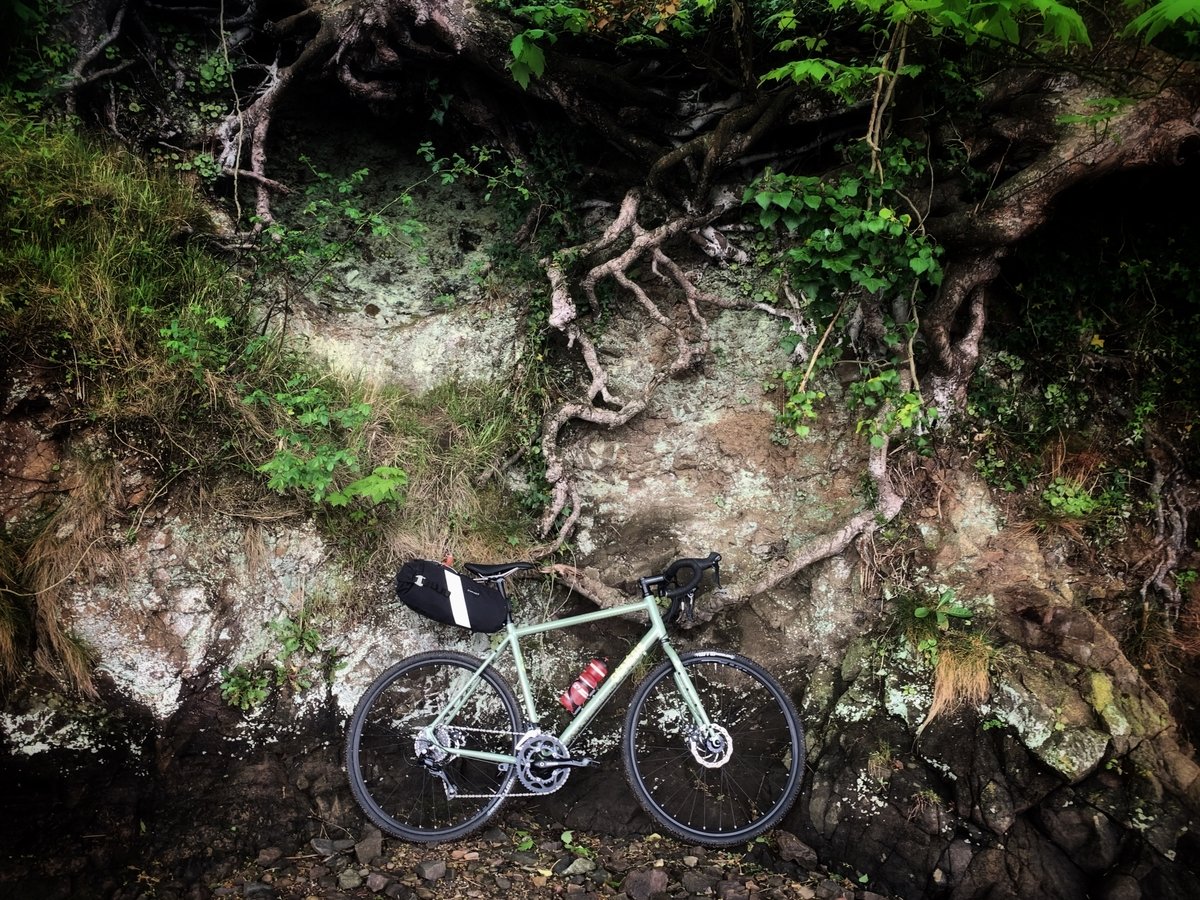
Family Friendly
Fingle woods has some great family-friendly riding on well-surfaced fire roads and along the riverside path to Clifford Bridge, and onwards to Steps Bridge via the bridleway through Dunsford Wood nature reserve.
The Wray Valley Trail provides a lovely traffic-free route between Bovey Tracey and Moretonhampstead, mainly following the route of a former railway.
The ‘Granite Way’ from Okehampton to Lydford provides a flat and scenic traffic-free route along the north-western edge of the moor
Be aware, however, that for all its apparent ruggedness, Dartmoor is a fragile and finely balanced environment, and one that can be inhospitable to the unwary, particularly in poor weather, so with the privilege of riding here, comes a responsibility to do so safely and sustainably.
The following tips will help you to keep yourself and others safe whilst protecting this unique landscape.
Ride responsibly
- Dartmoor bylaws permit you to ride on roads, bridleways and byways only. Unless otherwise stated, all other routes are off-limits, as is riding on the open moor.
- Ride within the limits of your ability and the condition of the trail. If you can’t brake within the distance visible ahead of you on the trail, then you are going too fast.
- Skids are for kids. Just don’t. If you don’t know how to brake progressively, then learn.
- Be considerate of walkers, horse-riders and other trail users and make them aware of your presence – you do not have right of way.
- Avoid environmentally or archaeologically sensitive sites.
- Do not ride poorly drained routes or trails which are prone to erosion during or following wet weather – doing so will further contribute to erosion and has the potential to impact on sensitive habitats.
- Do not disturb livestock or wild animals.
- Leave all gates as you find them.
Be weather-aware
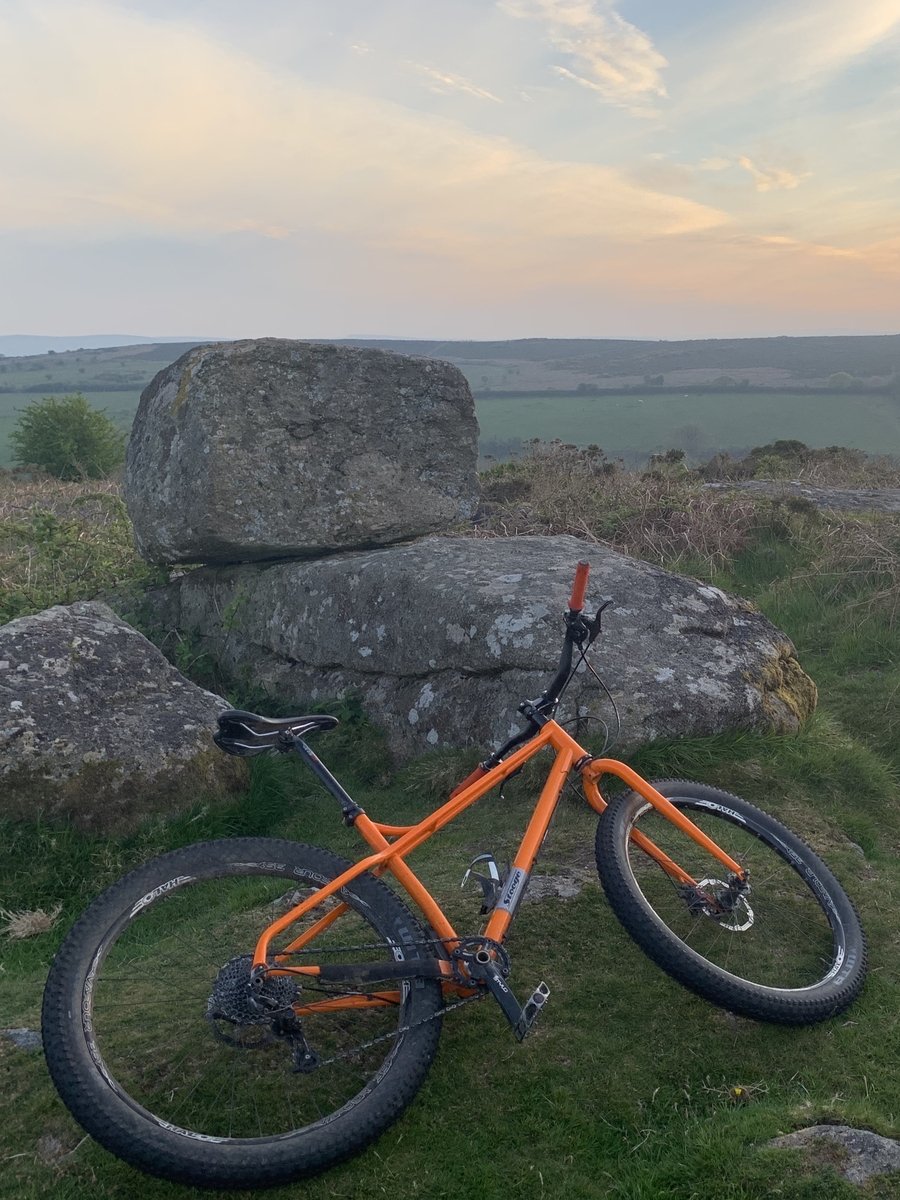
- Check the weather forecast before leaving and be aware that it can change very quickly.
- Pick your battles – avoid high level, exposed routes and routes which are prone to flooding in poor weather.
- Ensure you have adequate spare clothing, including warm layers and a waterproof.
- Take snacks, water and a first-aid kit.
Be prepared
- Just because a route is shown on the map does not mean it exists or is rideable on the ground. Research your planned route in advance or use local knowledge.
- Take a map, compass and mobile phone, and ensure that someone knows your route and estimated return time.
- Do NOT rely on having mobile phone coverage on the moor.
- Ensure your bike is in good mechanical condition and is suitable for the terrain.
- Always wear a helmet and gloves.
- Take basic tools, puncture repair kit and spare tube, and know how to use them.
More Information:
DNPA cycling page: https://www.dartmoor.gov.uk/enjoy-dartmoor/outdoor-activities/cycling
Visit Dartmoor: https://visitdartmoor.co.uk/get-active/cycling-on-dartmoor





